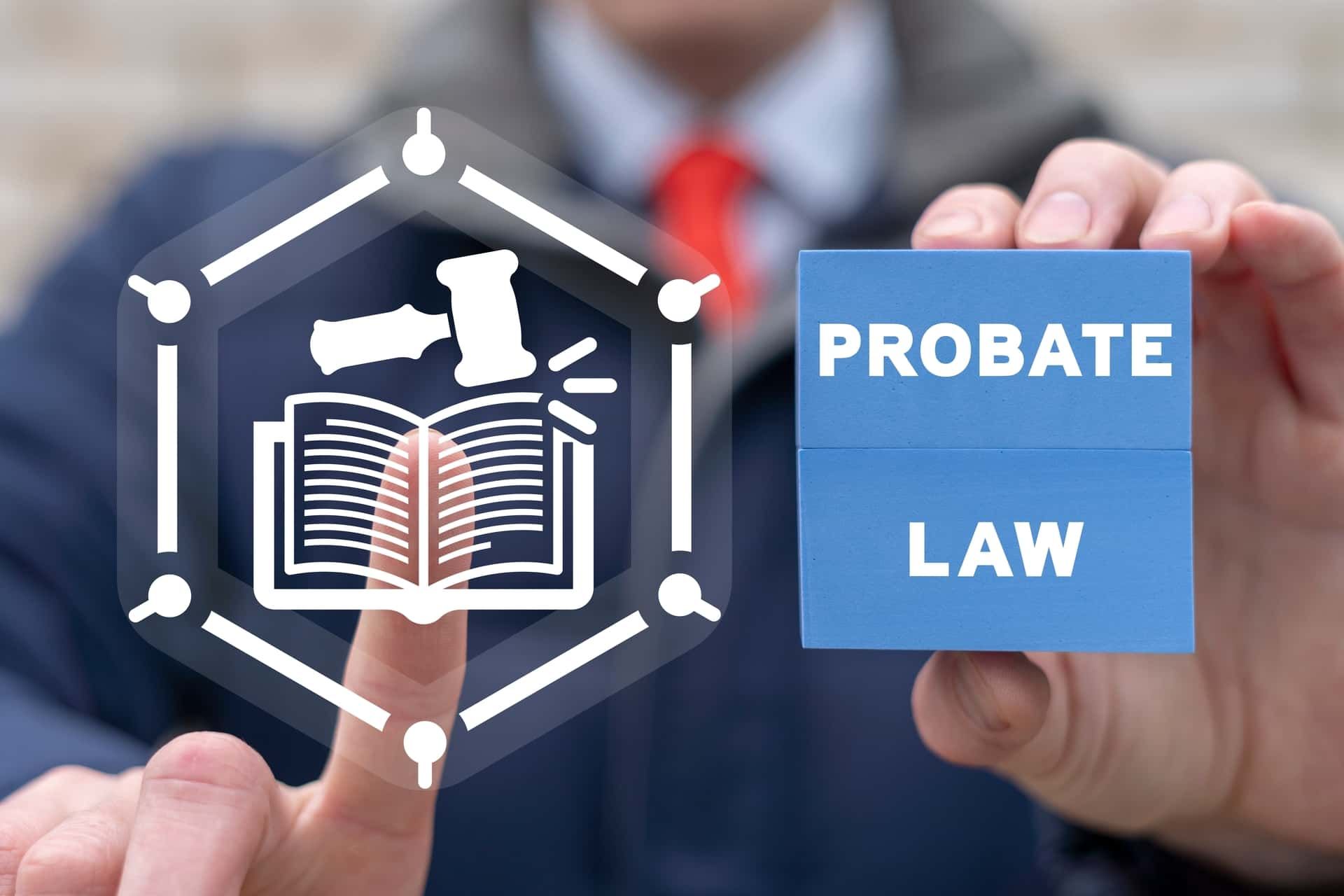National Taxpayer Advocate Nina Olson Delivers Her Final Report To Congress
National Taxpayer Advocate Nina E. Olson today released her 37th and final report to Congress in advance of her previously announced retirement on July 31. In the preface, Olson reflects on her 18 years in the job and provides her assessment of the key challenges facing the IRS and the Taxpayer Advocate Service (TAS) in the coming years. The report also presents a review of the 2019 filling season.
“I am enormously grateful for the opportunity I have had to advocate on behalf of our nation’s taxpayers,” Olson wrote. “Amazingly, despite the challenges of complying with our multi-million-word tax code, more than 150 million individual taxpayers and more than 10 million business entities do their civic duty every year by filing income tax returns with the IRS. That is an extraordinary achievement and one we should not take for granted.”
Olson continued: “But even as the system works for most taxpayers most of the time, it doesn’t work for millions of others. Taxpayer service is woefully inadequate. . . . IRS audit notices are often unclear, leading some taxpayers to ‘agree’ to assessments by default – even when they don’t owe the tax. And the IRS doesn’t screen for ability to pay before it takes collection actions, thereby causing or worsening financial hardships for financially vulnerable taxpayers. Advocating for taxpayers affected by problems like these, both individually and collectively, has been and will continue to be the work of TAS.”
Key IRS Challenges
Taxpayer Service. The report says poor taxpayer service remains the biggest challenge taxpayers face in dealing with the IRS. As one example, IRS telephone assistors during the recent filing season answered just 25 percent of taxpayer calls enterprise-wide, and hold times for taxpayers who got through averaged 13 minutes.
The report points out that the President’s Management Agenda for 2018 emphasized the importance of high-quality customer service. It said: “Federal customers . . . deserve a customer experience that compares to – or exceeds – that of leading private sector organizations,” and it cited data from the American Customer Satisfaction Index (ACSI) and the Forrester U.S. Federal Customer Experience Index as key benchmarks.
Those indices show the IRS performs poorly relative to both private sector organizations and other federal agencies. The ACSI report for 2018 ranks the Treasury Department tied for 10th out of 12 Federal Departments and says that “most [IRS] programs score . . . well below both the economy-wide national ACSI average and the federal government average.” Similarly, the 2019 Forrester report ranks the IRS 13th out of 15 federal agencies and characterizes the IRS’s customer experience score as “very poor.”
The National Taxpayer Advocate’s report says the IRS is not taking adequate steps to address its service shortcomings. While the Administration’s budget proposal for fiscal year (FY) 2020 requested an increase of 5.0 percent for enforcement, it requested a decrease of 6.6 percent in taxpayer services funding.
“This approach is tantamount to robbing Peter to pay Paul,” Olson wrote. “There is no doubt that budget constraints have limited the IRS’s taxpayer service capacity, but the IRS should not blame Congress for a lack of taxpayer services funding when it is itself proposing to shift funding away from taxpayer services. What’s more, budget constraints can’t be used as an all-purpose excuse for mediocrity. The Taxpayer First Act directs the IRS to develop a comprehensive customer service strategy within one year. The IRS should use that requirement as an opportunity to think creatively about better ways to truly put ‘taxpayers first.’”
Appropriate Use of Self-Service Applications. In its FY 2018-2022 Strategic Plan, the IRS established the “Enterprise Self-Assistance Participation Rate” as one of its principal measures of taxpayer service. According to the IRS, “[t]his measures the percent of instances where a taxpayer uses one of the IRS’s self-assistance service channels (i.e., automated calls, web services) versus needing support from an IRS employee (i.e., face-to-face, over the phone, via paper correspondence).”
The National Taxpayer Advocate’s report cites survey data from Forrester Research and a separate survey recently published in the Harvard Business Review that, in combination, indicate customers who use the Internet are comfortable with self-assistance for some categories of interactions but prefer personal contact (by phone or in person) for others, particularly those that involve uncertainty and complex decision-making known to provoke anxiety.
“Applying these findings to the IRS, with its awesome investigation, audit, and collection powers,” Olson wrote, “it is clear that every interaction with the agency has the potential to be anxiety-inducing. This observation has led me to develop what I call the Taxpayer Anxiety Index as a methodology for analyzing how the IRS should structure its interactions with the taxpayer. Simply put, as the anxiety-inducing capacity of a given interaction increases, so should the taxpayer’s access to person-to-person interaction .”
The National Taxpayer Advocate’s 2018 Annual Report to Congress contained “roadmaps” that pinpoint the stages of a taxpayer’s “journey” though the tax system. Using the roadmaps, today’s report says, “we can easily identify where the taxpayer’s anxiety increases and human intervention is warranted. For example, in our Return Processing Roadmap, if a taxpayer’s refund return gets bogged down in Identity Theft processes or in the pre-refund wage verification program, these delays cause anxiety. Where the taxpayer’s refund gets stopped for multiple delays, anxiety skyrockets.”
The report urges the IRS to use the “Taxpayer Anxiety Index” concept to determine where in the process personal contact is most needed and to continue to provide personal service in these circumstances.
Treatment of Financially Vulnerable Taxpayers. The Internal Revenue Code and the IRS’s own procedures contain rules designed to protect taxpayers experiencing economic hardship from IRS collection action. For example, the IRS must release a levy if it determines the levy “is creating an economic hardship due to the financial condition of the taxpayer,” and the IRS must make allowance for a taxpayer’s basic living expenses (known as “Allowable Living Expenses”) when considering whether to compromise a tax debt.
However, the IRS generally does not assess whether there is economic hardship unless and until the taxpayer asks it to do so. In particular, it does not attempt to determine whether a taxpayer is experiencing an economic hardship before accepting full-pay installment agreements or serving levies. As a result, the report says, taxpayers entered into about 2.1 million streamlined installment agreements in FY 2018, and about 40 percent of those taxpayers had incomes at or below their Allowable Living Expenses. The default rate for those taxpayers was 39 percent – about seven times the default rate for taxpayers with higher incomes.
“[T]he IRS collection system favors knowledgeable taxpayers who understand how to request collection alternatives and, at least in relative terms, discriminates against taxpayers who don’t have that knowledge,” Olson wrote. “That is not the way a fair tax system should work, and it needs to change.”
The report makes two recommendations. First, it recommends that the IRS create an algorithm based on its internal data (tax returns, Forms W-2, and Forms 1099) to identify taxpayers at risk of economic hardship; then, if a taxpayer so identified calls the IRS or seeks to enter into an online installment agreement, the IRS could use that data to trigger a “pop-up” screen noting the possibility of economic hardship and providing information about collection alternatives. Second, the report recommends the IRS send a letter describing collection alternatives to taxpayers who its data show are at risk of economic hardship before it levies against their property. “A clear letter would go a long way toward leveling the playing field by providing the same information to all affected taxpayers,” the report says.
Filing Season Review
For most taxpayers, the 2019 filing season went smoothly. The IRS received about 137 million individual income tax returns and issued about 96 million refunds, with an average refund amount of $2,725. About 92 percent of returns were filed electronically, and about 87 percent of taxpayers who received refunds elected to receive them via direct deposit. These statistics are comparable to the prior year.
By contrast, service levels declined for taxpayers who required assistance from the IRS. The IRS’s benchmark “Level of Service” (LOS) on its Accounts Management telephone lines dropped from 80 percent during the 2018 filing season to 67 percent this year. Time spent on hold on those lines rose from an average of 5.1 minutes to 9.0 minutes. Part of the decline is likely attributable to the partial government shutdown.
The report says the IRS utilizes narrow performance measures that suggest the agency is performing well but do not reflect the taxpayer experience. Notwithstanding the IRS benchmark measure showing a LOS of 67 percent on its Accounts Management lines, IRS telephone assistors answered only 23 percent of calls received. For taxpayers calling the compliance telephone lines (which are separate from the Accounts Management lines), the performance was worse. The LOS on the various Automated Collection System lines was 33 percent, and the average hold time was 41 minutes.
source: irs.gov
Disclaimer: The information on this website and blog is for general informational purposes only and is not professional advice. We make no guarantees of accuracy or completeness. We disclaim all liability for errors, omissions, or reliance on this content. Always consult a qualified professional for specific guidance.
RECENT POSTS
CONTACT US






